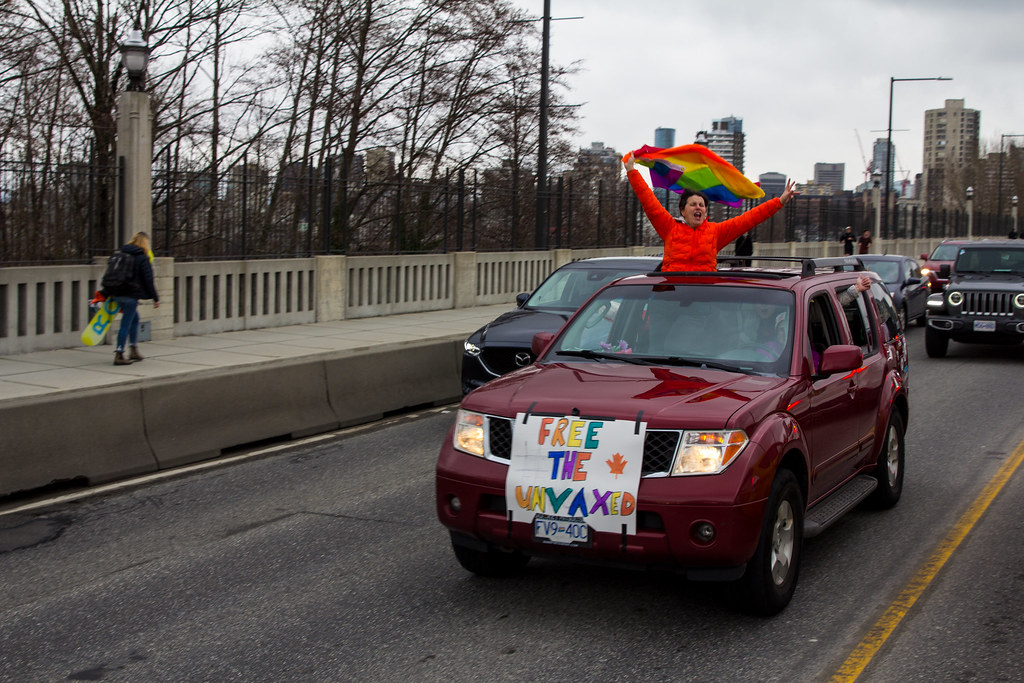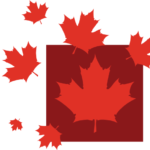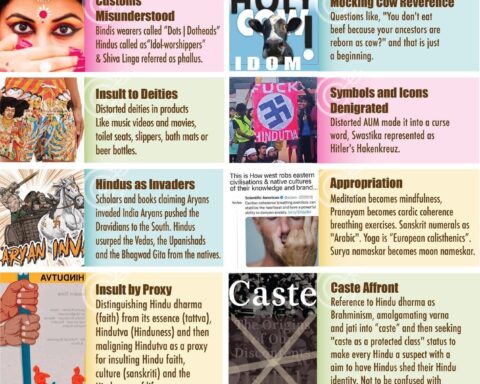Over the last week, from Feb 3. to 10, various ethnic media outlets offered a wider range of perspectives on three hot-button issues that have dominated mainstream headlines.
From the so-called Freedom Convoy, to Erin O’Toole’s ousting as leader of the Conservative Party, to the Black History Month, ethnic media provided coverage that went beyond the usual suspects interviewed by the mainstream.
By elevating different cultural perspectives, opinions and narratives, ethnic media was able to provide coverage that offers a fuller understanding of the issues at play. NCM has worked with MIREMS to bring readers these added perspectives.
Polarizing ‘Freedom Convoy’
The top story in both the mainstream and the ethnic media was the ‘Freedom Convoy’ protesting against vaccine mandates and pandemic restrictions in Ottawa and provincial capitals as well as land border crossings to the U.S. The Romanian paper Faptu Divers, for example, supported the convoy in multiple articles and likened Prime Minister Justin Trudeau to former Romanian dictator Nicolae Ceausescu for curtailing people’s freedoms, while the Polish paper Goniec reported that that community provided food for the protesters. The Polish Gazeta, on the other hand, focused on the harassment, racism and misbehaviour of the protesters.
Both the Russian Vancouverovka and Russian Week highlighted comments by CBC host Nil Köksal suggesting that Russian actors are behind the protests because of Canada’s support for Ukraine.
Multiple features on OMNI TV News Filipino focused on the impact the protests had on members of the Filipino community, who reported being afraid to leave their homes because of the harassment from protesters.
A feature on OMNI TV Italian focused on the racist messaging at the protests. G98.7 FM online radio featured responses from the Black parliamentary caucus to the public display of hate symbols, including the Confederate flag as a symbol for slavery.
Punjabi media focused on Punjabi truckers, who make up about a quarter of all Canadian truckers, and the hardships of the industry. OMNI News Punjabi featured some Punjabis among the protesters, who emphasized that they are against the mandates, not the vaccine, and object to protesters being silenced and insulted as extremists.
Several other features on OMNI Punjabi focused on Punjabi truckers who are stuck on the U.S. side of the Canadian border by Coutts, Alberta and by Windsor, Ontario. These truckers had to reportedly live in their trucks for days without access to food or medical supplies and were unable to do their jobs, deliver their goods and attend to personal commitments back home. Several other features highlighted that the Punjabi truckers have other priorities.
According to ethnic media reports, most Punjabi truckers are vaccinated, as vaccine coverage in the Punjabi community is high. Their priorities are around road safety, snow clearance, road maintenance, as well as working conditions and wage theft.
In fact, the West Coast Trucking Association organized a separate protest in January to demand better road maintenance on B.C. highways, which has not been mentioned by anyone taking part at the ‘Freedom Convoy.’ One trucker started an online fundraiser to “Support Canada’s real struggling truckers,” which had raised $7,866 as of Feb. 9, according to OMNI Punjabi.
Chinese media on O’Toole’s ousting
Another top story was the Conservative leadership race.
Coverage reflected the vote to oust Erin O’Toole, the selection of Candice Bergen as interim leader, the candidacy of Pierre Poilievre, and speculations around other potential candidates such as Premier Doug Ford, Mayor Patrick Brown, Peter MacKay and Jean Charest.
However, the race took a particular spin in the Chinese media, where it was coloured by perceptions of the Conservative party’s hostility towards China. Erin O’Toole was perceived to be extremely anti-China, which may have lost the Conservatives several constituencies with a significant Chinese population in the last election, as Ming Pao Toronto reported on Feb. 3.
Reports reflect that Chinese media were relieved and delighted at O’Toole’s ousting, because having him as prime minister would, in their view, further increase discrimination and hate against the Chinese diaspora, according to reports from Van People.
And according to a report on Sing Tao Vancouver, Lin Wen, co-founder of the Canadian Chinese Political Affairs Council, figured that no matter who the new Conservative leader is, the Conservative Party’s China policy will not be changed.
Black History Month beyond the usual
Another topic that has more prominence in the ethnic media than in the mainstream has been Black History Month.
In the mainstream, Black History Month was covered either from a bird’s-eye view of its significance, sometimes with reference to event listings, or with a focus on statements by political leaders, from the Prime Minister to local mayors. It also looked at ceremonies like flag-raisings and museum exhibits. Some contributions feature a Black author or a celebrity like Lincoln Alexander.
The ethnic media, on the other hand, were more focused on issues of concern to and activities arising within the Black community.
The radio station G 98.7 FM and OMNI TV reported in depth on the BE-STEMM 2022 virtual conference organized by the Canadian Black Scientists Network. The network has found that there are few Blacks in the areas of science, technology, engineering and mathematics (STEM) because Black students are not encouraged to pursue these areas in school. The network aims to open doors for Black people in Canada and around the world, as G 98.7 FM and OMNI TV Focus Punjabi reported on Feb. 4.
Another talk show on G 98.7 FM was devoted to a discussion on COVID with members of the Black Scientists’ Task Force on Vaccine Equity. According to the task force, the Black community is over-exposed to COVID because many cannot work from home, have to commute on public transit, work in customer service or care-giving jobs, and have underlying health conditions putting them at greater risk, such as hypertension, diabetes and asthma.
School disruption was also discussed as something that wreaks more havoc for Black and low-income children’s learning than for other groups. At the same time, Blacks are under-vaccinated because they distrust the authorities, information is not communicated to them appropriately, and they are targets of racialized disinformation using specific triggers from their historical experience.
Ethnic media’s coattails
Often, ethnic media highlights issues of concern to a community that are either not reflected in the mainstream media or which are only picked up by it after they circulate in the ethnic media for a while.
One such example was a story about the Hindu community in B.C. protesting against a new small business owner who is using an image of Lord Ganesh along with profane language in her logo.
Community members, including about 40 organizations, are gathering signatures to have her stop using either the image or the wording, have approached local MLAs and MPs, held a protest at the Hindu temple, and are looking into legal action and mounting a PR campaign on social media.
They feel this is cultural appropriation, Hinduphobia and racism, and they want a new law to protect Hindu culture. MP Sukh Dhaliwal attended the protest and said Canada is a diverse country and that we should celebrate each other’s culture and faith. He was going to approach the Heritage Minister and Prime Minister about this.
The story broke on the indiansinvancouver.ca blog on Jan. 31 and then on the Desibuzz Canada news website on Feb. 4. It was only then that it was picked up by CBC Vancouver on Feb. 6 as a report about the protest at the temple and by the Punjabi station Zee TV on Feb. 8.
This article has been produced in collaboration with MIREMS Multilingual Research and Ethnic Media Services, which provided summaries from print, web and broadcast news platforms in a variety of languages.
NewCanadianMedia.ca is Canada’s premier web site dedicated to news and views about the one-fifth of Canadians who are immigrants. You’ll find original journalism from an immigrant perspective along with content produced by our partners in Canada’s ethnic media. Our content provides fresh insights into developments in politics and society, enhancing your understanding of our diverse world.






[…] a celebration of freedom from dictatorship and opposition to communism and harsh state regulation. Comparisons between Trudeau and Ceaușescu have been drawn in a Romanian paper as well as on social media. Anti-communist sentiment may be behind the waving of the Bolivian flag […]